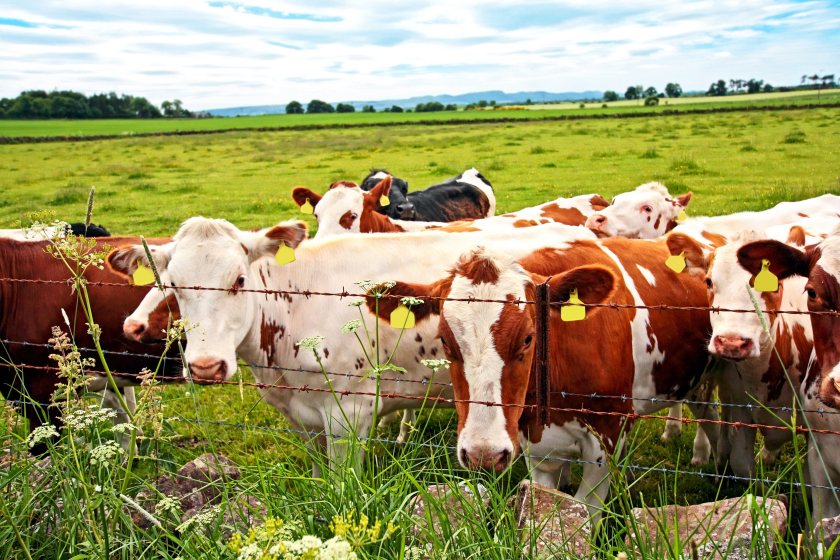
New ‘best practice’ protocols are setting a tougher industry standard to crack down on costly diseases like BVD and Johne’s – just as pressure ramps up across the UK to take action.
The updated guidance [PDF], released by Cattle Health Certification Standards (CHECS), arrives at a pivotal moment as the sector looks to eradicate both diseases.
Among the most notable updates is the introduction of the Dairy BVD Negative programme—a new option for dairy herds to demonstrate low BVD risk following the end of the BVDFree scheme in England.
The new system includes quarterly bulk milk testing and youngstock screening to support ongoing disease monitoring.
James Russell, a board member of CHECS and non-executive director of the Animal Health & Welfare Board for England, said CHECS protocols remain the “bedrock” of the cattle industry’s approach to disease control.
He added that the influence of CHECS protocols extends even to farmers not formally part of an accredited scheme, as licensed labs and veterinary practices typically follow these established procedures.
“All this means consistency across UK and Ireland about how insidious diseases such as BVD, Infectious Bovine Rhinotracheitis and Johne’s Disease should be tackled, and how the risk of herds having those diseases is communicated.”
The renewed focus on BVD comes as governments across the UK and Ireland intensify eradication efforts.
Mr Russell emphasised that BVD is a particularly “eradicable” disease, with significant financial incentives for farmers to address it.
“The suppressed immunity BVD causes has been calculated to cost UK farmers up to £61 million per year; that’s £6.50 for every single bovine. In Ireland the cost estimate is even higher at over €13/£11 per animal,” he said.
“Yet the biggest risk with BVD remains not looking for it because it hides in plain sight, amplifying cases of pneumonia or scours, and preventing animals recovering despite treatment.
"Hence identifying whether BVD is the cause of other health issues in your herd is one of the most cost-beneficial steps a cattle farmer can take.”
Alongside BVD updates, the revised protocols also introduce a new Johne’s Disease risk level—Risk Level 1* (R1*)—to give farmers and vets clearer insight into a herd’s disease status.
Herds already certified as Risk Level 1 through three consecutive annual tests will now be able to qualify for R1* if they have had no positive blood tests for more than 12 months.
This enhanced classification will be visible on herd certificates and pen cards from 1 October 2025 and will include the number of years at that status.
Keith Cutler, veterinary director at CHECS, said the new risk level reflects both scientific rigour and fairness.
“Most importantly, they will help vets and farmers more accurately gauge risk,” said Mr Cutler.
“Agreeing this change was a tough and lengthy process, but Johne’s Disease is such an important and costly disease to both dairy and beef sectors, it was worth persevering.”
He also encouraged all cattle keepers to use CHECS protocols, whether or not they are part of an accredited scheme.
